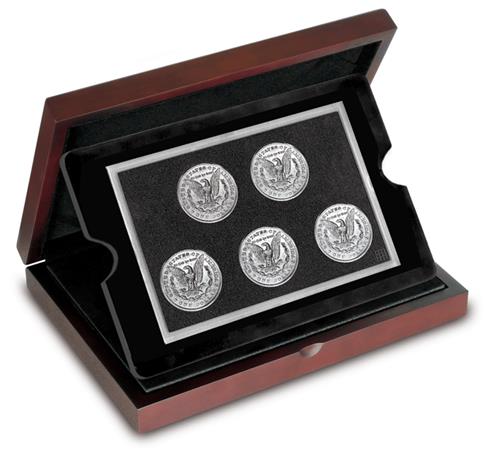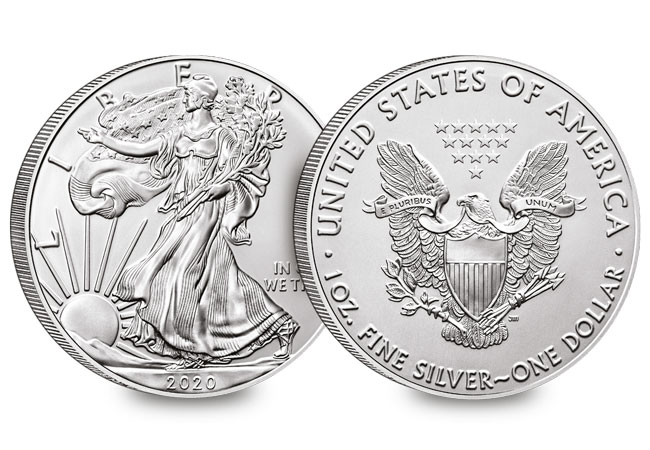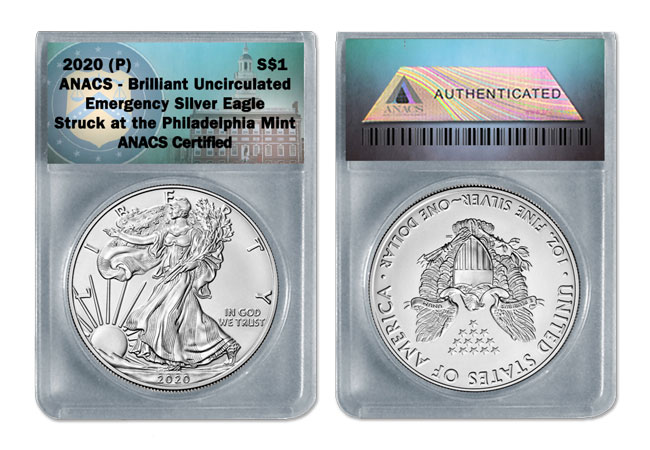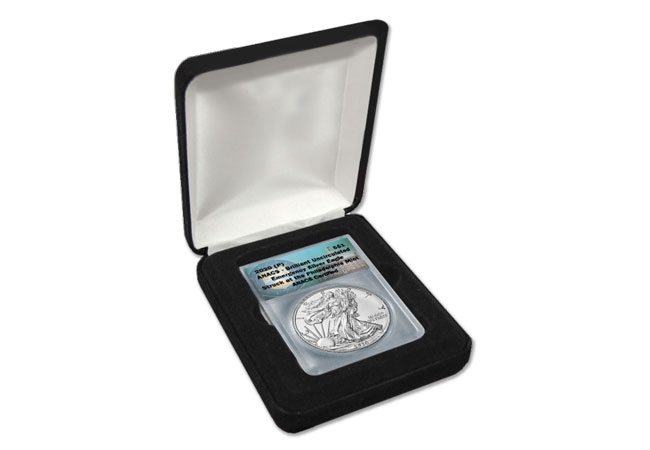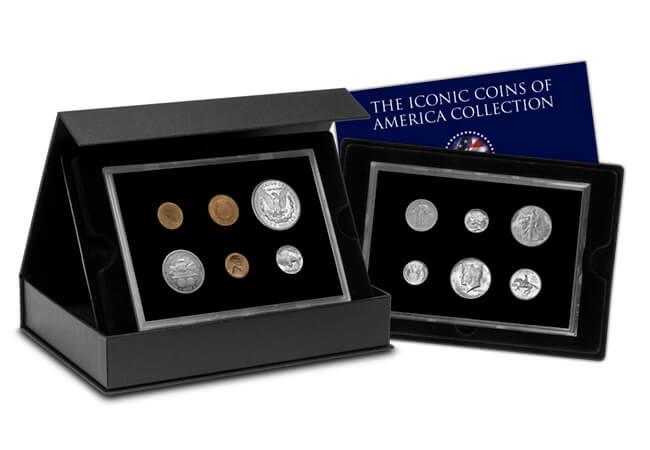American coins
Unboxing the US coin set with a hidden mintmark…
Did you know that the Morgan Dollar has a secret mintmark that few collectors know about?
Well, you can find out everything you need to know in our latest unboxing video! It’s one not to miss…
If you’re interested
Click here to secure the Complete Morgan Dollar Mintmark Collection >>
An unexpected modern rarity: how Covid-19 created one of the rarest US Silver Dollars
As you’re reading this, I hope you are safe and well. As far as I can see, we’re all adapting magnificently to the challenges the current coronavirus pandemic has brought – though between you and me, I’m losing count of the number of Zoom pub quizzes I’ve done!
The need to adapt has hit Mints around the world too. But it’s not all bad news, as to my delight – and I’m sure many collectors will share in this – an unexpected modern rarity has emerged.
You see, the Silver Eagle is the flagship bullion coin of the US, and is widely collected. But now, thanks to the outbreak, it is about to become THE most in-demand coin in the WORLD…
2020(P) Emergency Silver Eagle
Bullion Silver Eagles, which have no mintmark, are normally struck at the US Mint’s West Point Mint in New York. However, due to the Covid-19 pandemic the West Point Mint was temporarily shut down, meaning no Silver Eagles could be produced.
Yet demand for Silver Eagle bullion coins exploded as collectors flocked to secure bullion coins, seen as a safe investment haven amidst the economic uncertainty caused by the pandemic.
In an unusual move, and to allay the demand, production of the Silver Eagles was picked up by the Philadelphia Mint. The result being a limited batch of Silver Eagles struck in under two weeks.

Second RAREST Silver Eagle in US history
According to official US Mint documentation dated April 27, 2020, the limited run at the Philadelphia Mint produced JUST 240,000 Silver Eagles.
This may seem like a lot of coins, but let me put that into perspective for you. Millions of bullion Silver Eagles are struck every year – last year over 15 million were minted! In comparison the 2020(P) Emergency Silver Eagle is incredibly scarce.
In fact, it is the second RAREST Silver Eagle coin to ever exist in the 34-year history of the bullion American Silver Eagle series. It is only the 2015(P) issue that is rarer, with a mintage of 79,640.
This makes the 2020(P) Emergency Silver Eagles one of the most limited coins in US history, and instantly catapults it to the top of the must-have list for all collectors…
If you’re interested…
Through my contacts in America, I’m lucky to have been able to bring some of these fascinating coins to the UK. Each one is encapsulated, boxed and certified by the American Numismatic Association Certification Service (ANACS).
But considering how rare this issue is, I don’t expect the limited number I’ve secured to last long. Nor do I expect to be able to secure more – I’m certain the entire edition limit will be snapped up in the US before we know it.
Click here to find out more and secure one for your collection >>
Unboxing 12 of the most iconic American coins
We have researched and picked out twelve of the most fascinating coins issued in the US over the past 150 years and put them together into this incredibly sought-after set, which Adam unboxes in our latest video!
If you’re interested
Click here to own twelve of the most historic American coins in a ready-made collection >>


